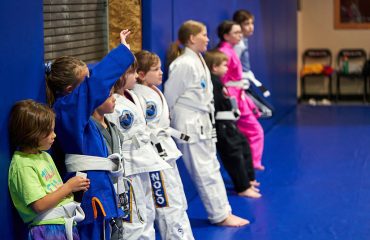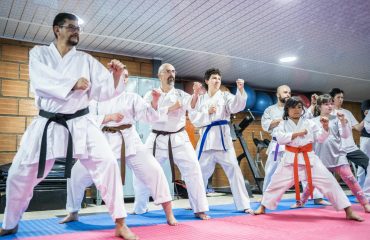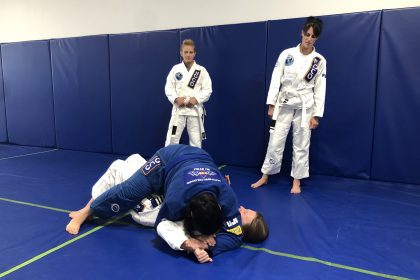
Brazilian Jiu-Jitsu is a martial art that originated in Brazil. It is a grappling-based sport that puts a lot of focus on takedowns, submissions, and ground fighting. Brazilian Jiu-Jitsu is a popular choice for self-defense and MMA training because of its effectiveness in close-quarters combat. BJJ practitioners use a variety of grappling skills and techniques to control and submit their opponents, including joint locks, chokeholds, and throws. Brazilian Jiu-Jitsu is a great way to get in shape, learn self-defense, and compete in a challenging and exciting sport by mastering all the fundamentals, essential jiu jitsu techniques and developing a well-rounded BJJ game.
Introduction to Brazilian Jiu-Jitsu
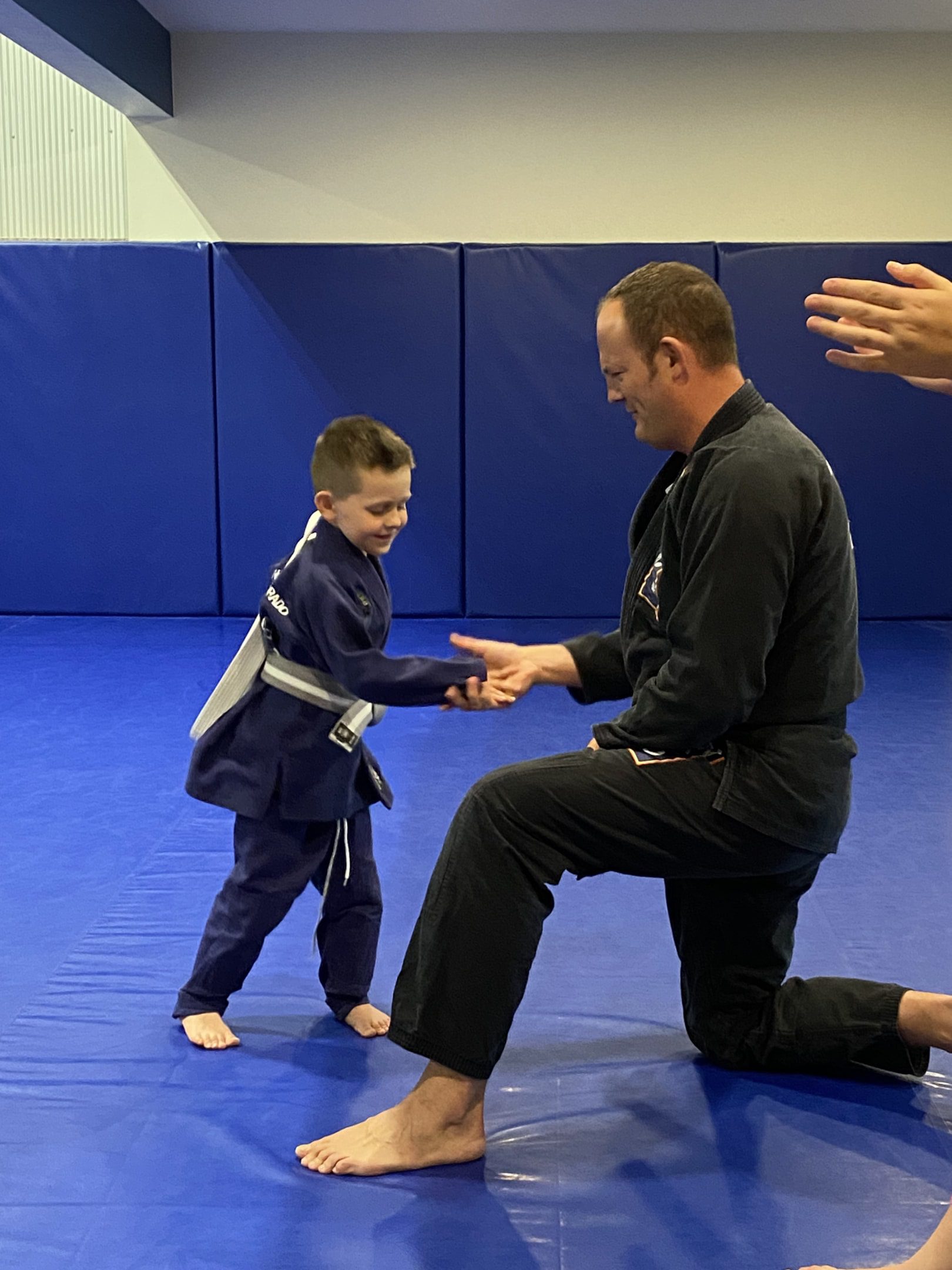
Brazilian Jiu-Jitsu (BJJ) is a grappling-based martial art that focuses on ground fighting, takedowns, and submissions. Developed by the Gracie family in Brazil, BJJ has become a popular choice for self-defense, mixed martial arts (MMA), and as a competitive sport. What sets BJJ apart is its emphasis on technique and leverage over brute strength and size, making it an effective martial art for practitioners of all ages and skill levels. Whether you’re looking to improve your fitness, learn self-defense, or compete, BJJ offers a versatile and rewarding path. As you progress, you’ll also learn distance management, guard retention, and how to transition smoothly between other positions, like the inverted guard and top position.
What do you need to know before trying BJJ?

If you’re considering trying Brazilian Jiu-Jitsu (BJJ), there are a few things you should know first. BJJ is a grappling-based martial art that focuses on ground fighting. It can be a great workout and a lot of fun, but it’s also very challenging. Here are a few things to keep in mind before you give it a try:
- BJJ is not for everyone. It can be tough, physically and mentally. If you’re not up for a challenge, you might not enjoy it. That said, if you approach your first class as a learning experience, and not a challenge, the reward is so worth it.
- You need to be in good physical shape to do BJJ. It’s a physically demanding activity, and you’ll be putting your body through a lot of stress. If you’re not in good shape, you might get injured. Get ready for your heart to beat fast and your lungs to be challenged.
- BJJ is a technical martial art. There’s a lot to learn, and it can take years to master the techniques. Techniques like the guillotine choke, controlling the opponent’s neck, and targeting the opponent’s body are vital to progress. If you’re not patient, you might get frustrated.
- BJJ can be dangerous if you or your training partner are not controlled. There’s a risk of injury any time you train, and you’re working with partners who are trying to submit you. You need to be aware of the risks and be willing to accept them. That said, if you are training at the right location, your professor will ensure a safe training environment.
If you’re still interested in trying BJJ after considering all of these things, then go for it! It’s a great martial art that can provide a great workout, and it’s a lot of fun. Just be sure to start slow, listen to your body, and be safe.
How to get started at Brazilian Jiu-Jitsu

There are a few things you need to know before you get started in Brazilian Jiu-Jitsu. First, you need to find a reputable school that offers instruction in this martial art. Once you’ve found a school, you’ll need to purchase a gi (uniform) and some basic training equipment.
The first step in learning Brazilian Jiu-Jitsu is to attend a class. During class, you’ll learn the basic techniques of this martial art, including how to fall properly, how to escape from an opponent’s hold, and how to apply various submission holds. Controlling the opponent’s arm is crucial for setting up submissions like the armbar and executing sweeps and escapes. You’ll also begin to develop your own style of Brazilian Jiu-Jitsu, which will be influenced by your body type, your natural athleticism, and your personal preferences.
As you continue to attend classes and train, you’ll gradually become more proficient in Brazilian Jiu-Jitsu. You may eventually decide to compete in tournaments, or even open your own Brazilian Jiu-Jitsu school. But even if you never compete or teach others, Brazilian Jiu-Jitsu can be a great way to get in shape, learn self-defense, and make new friends.
What are the necessary things you need to get started with BJJ?

There are a few things you’ll need if you want to get started with Brazilian Jiu-Jitsu (BJJ). First, you’ll need a gi or a uniform designed specifically for BJJ. Next, you’ll need a good pair of grappling shorts, and a mouthguard is also recommended. You’ll also need a gym bag to carry all your gear, and a water bottle to stay hydrated during your training.
Tips for a Successful First-Class

Before attending your first BJJ class, it’s essential to prepare yourself physically and mentally. Here are some tips to ensure a successful first class:
- Arrive Early: Get to the gym a bit early to fill out any necessary paperwork and get settled before class starts.
- Wear Comfortable Clothing: A gi (uniform) and grappling shorts are ideal. Don’t forget to bring a water bottle and a towel.
- Be Open to Learning: You’ll be introduced to new techniques and movements. Don’t hesitate to ask questions if something isn’t clear.
- Focus on Technique: Proper body positioning and technique are more important than using strength or force.
- Respect and Safety: Always be respectful to your training partners and instructors. Follow all safety guidelines to ensure a positive experience for everyone.
By following these tips, you’ll set yourself up for a successful and enjoyable first class.
Be prepared to be sore for two days after your first class

Be prepared to be sore for two days after your first class. It is common to feel soreness in your muscles and joints after a workout, and this is especially true if you are new to exercise. The best way to combat this is to stay hydrated and to keep moving. Drink plenty of water and take some time to walk around and stretch your muscles. If you can, take a warm bath or shower to help your muscles relax.
What are the fundamental positions in Brazilian Jiu-Jitsu, including side control?

There are five fundamental positions in Brazilian Jiu-Jitsu: guard, half-guard, side control, mount, and back control. The guard is a defensive position in which the Brazilian Jiu-Jitsu practitioner is on their back, with their legs wrapped around the opponent. Half-guard is a position where one leg free from the guard of the opponent and the other leg remains in the guard. Side control is a position in which one practitioner is on the side of their opponent (legs are free from the guard). Mount is a position in which the practitioner is past the guard of the opponent, with both legs free from the guard of their opponent. Back control is a position in which the practitioner is behind the opponent, with both arms and legs wrapped around the opponent.
Brazilian Jiu-Jitsu is a complex and nuanced martial art, with a vast array of techniques that can be used in any of the four fundamental positions. The key to success in Brazilian Jiu-Jitsu is to maintain a strong position, advance to a dominant position, and to be able to transition seamlessly between positions.
What are the fundamental techniques in Brazilian Jiu-Jitsu?

Brazilian Jiu-Jitsu is a martial art that emphasizes grappling and ground fighting. The cross collar grip is integral to various attacks and strategies from the guard position, controlling the opponent’s head and breaking their posture. It is considered to be one of the most effective self-defense systems in the world. The fundamental techniques of Brazilian Jiu-Jitsu include various throws, takedowns, submissions, and sweeps.
Brazilian Jiu-Jitsu is often used in mixed martial arts (MMA) competitions, as it is effective in both striking and grappling. MMA fighters who have a strong Brazilian Jiu-Jitsu game often have an advantage over their opponents with no BJJ experience.
The techniques of Brazilian Jiu-Jitsu can be used for self-defense, as well as for sport. In either case, the goal is to control and subdue an opponent. Brazilian Jiu-Jitsu is an excellent choice for those looking for an effective self-defense system.
The Role of BJJ in Mixed Martial Arts

BJJ plays a significant role in mixed martial arts (MMA), providing a strong foundation in ground fighting and submissions. Many MMA fighters incorporate BJJ into their training because it allows them to control and submit opponents on the ground. In fact, BJJ is often considered one of the most effective martial arts for MMA, as it teaches practitioners how to use leverage and technique to overcome larger and stronger opponents. The ability to transition from striking to grappling seamlessly makes BJJ an invaluable skill set in the MMA arena.
What to know about the belt system?

The belt system in Brazilian Jiu-Jitsu is a way of indicating a practitioner’s level of experience and technical proficiency. There are a total of nine belts in Brazilian Jiu-Jitsu, which are: white, blue, purple, brown, and black. Each belt has four stripes, which represent a higher level within that particular belt. For example, a brown belt with three stripes is considered to be higher ranking than a brown belt with two stripes. The black belt is the highest level in Brazilian Jiu-Jitsu and is typically only attained by those who have dedicated many years to training and mastering the art. (Red belts also exist but for now, we will skip it.)
Brazilian Jiu-Jitsu is one of the fastest-growing sports in the world. The art is very effective in real-life self-defense situations. It is also a lot of fun. The popularity of the sport is due to its effectiveness in self-defense and its ability to be enjoyed by people of all ages and skill levels. Brazilian Jiu-Jitsu is a great way to get in shape, learn self-defense, and have fun all at the same time.
Training and Safety

Training in BJJ requires a focus on safety and proper technique. Here are some tips to ensure a safe and effective training experience:
- Warm Up and Stretch: Always warm up before class and stretch afterward to prevent injuries.
- Use Proper Technique: Focus on proper body positioning and technique to avoid injuries and improve your skills.
- Tap Out Early: Don’t hesitate to tap out to avoid injury and prevent overexertion.
- Respect and Cleanliness: Respect your training partners and instructors, and follow all safety guidelines. Keep your gi and training equipment clean to prevent the spread of infection.
By prioritizing safety and proper technique, you can enjoy a productive and injury-free training experience.
Final Tips for Success in BJJ

To succeed in BJJ, it’s essential to focus on proper technique, body positioning, and safety. Here are some final tips to help you achieve success in BJJ:
- Be Patient and Persistent: BJJ is a martial art that takes time and practice to master.
- Focus on the Basics: Develop a strong foundation in the basics, including guard position, guard passing, and submissions.
- Train Regularly: Consistent training and seeking instruction from experienced instructors are key to improvement.
- Respect and Safety: Always respect your training partners and instructors, and follow all safety guidelines.
- Stay Healthy: Stay hydrated, eat a healthy diet, and get plenty of rest to ensure optimal physical and mental performance.
By following these tips and focusing on proper technique and safety, you can achieve success in BJJ and enjoy the many benefits that this martial art has to offer.
Ready to start your Brazilian Jiu-Jitsu journey? Discover the transformative power of BJJ with NOCO Jiu Jitsu and Self Defense! Whether you’re looking to improve your fitness, learn self-defense, or take on a new challenge, NOCO Jiu Jitsu and Self Defense offers a welcoming and supportive environment to help you achieve your goals. No experience? No problem! Their expert instructors will guide you step by step to build a strong foundation in this incredible martial art. Don’t wait—limited spots are available! Visit www.nocojiujitsu.com today to schedule your first class and take the first step toward your future on the mats.
Frequently Asked Questions (FAQ)
What can I expect in a BJJ fundamentals class?
A BJJ fundamentals class typically covers basic concepts, movements, and techniques. You'll learn about proper body positioning, guard positions (closed guard, open guard, half guard), guard passing, and basic submissions like the cross collar choke and straight armbar. The rear mount is often emphasized as the most dominant position due to its control and the high success rate of the rear naked choke in competitions.
What are the fundamental positions in BJJ?
The fundamental positions in BJJ include guard (top and bottom), half guard, side control, mount, back control, and turtle position. Understanding these positions and how to transition between them is crucial for both offense and defense.
What are some important BJJ techniques for beginners?
Key techniques for beginners include the hip escape, guard replacement, hip bump sweep, scissor sweep, basic guard passes like the over-under pass, and submissions such as the rear naked choke and straight armlock. Controlling the opponent’s head is crucial for effective execution of techniques like the straight armlock and cross collar choke.
BJJ is distinguished from other grappling styles by its unique focus on the guard position and the ability to submit opponents from the bottom.
How does the belt system work in BJJ?
BJJ uses a belt system to indicate a practitioner's skill level. The main adult belts, in order, are white, blue, purple, brown, and black. Earning a BJJ black belt typically takes many years of dedicated training.
What equipment do I need for BJJ training?
Essential equipment includes a gi (uniform), grappling shorts for no-gi training, a mouthguard, and a water bottle. Some practitioners also use a rash guard under their gi for comfort.
How can I improve my guard passing skills?How can I improve my guard passing skills?
To improve guard passing, focus on proper body positioning, creating pressure, and understanding different passing strategies like the toreando pass, knee slice, or over-under pass. Regular drilling and positional sparring can help refine these skills.
What should I know before my first BJJ class?
Before your first class, be prepared for physical exertion and close contact with training partners. Wear appropriate clothing, bring water, and be ready to learn. Don't worry about being perfect; focus on understanding basic movements and positions. You may experience soreness for a couple of days after class, which is normal for beginners.
